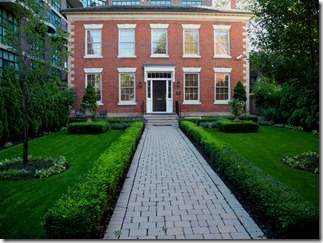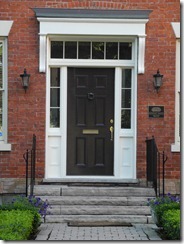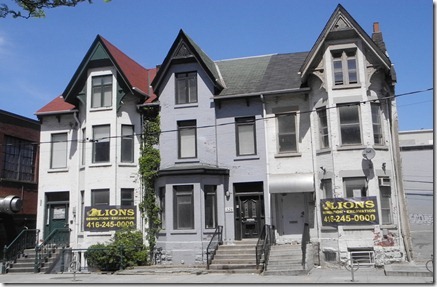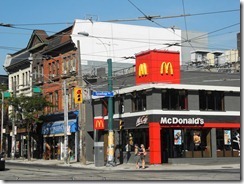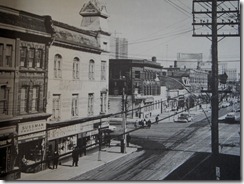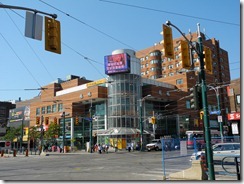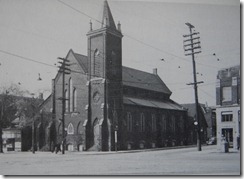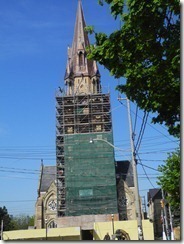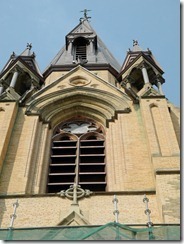Dandelions growing beside a roadway in Toronto. It is one of the few wild flowers that remain prolific.
In decades past, many streets in Toronto, even in the downtown core, possessed vacant building lots where wild flowers grew in abundance among the bushes and across the open fields. Children employed these spaces, playing games, building bush-forts, and engaging in a baseball game. Children considered the lots secluded, private places where they escaped the prying eyes of adults. Many of the lots contained wild raspberry bushes and crab-apple trees. Eventually, these lots disappeared as Toronto grew and they built homes on them. Today, the architectural styles of these in-fill homes identify them as being later additions to the streetscape.
I remember that as a child, when the snows of winter had passed and the vacant lots were dry of mud, it was not long before the dandelions pushed their yellow flowers skyward to greet the spring sunshine. In the weeks ahead, their seeds spread across manicured lawns and people began digging the nuisance weeds from the front lawn and backyard gardens. It is a pity that the dandelion is considered a weed, by definition a plant that grows where it is not wanted. Dandelions certainly fit this description. Even today, they are everywhere. However, the dandelion plant actually has attractive flowers.
A group of dandelions blooming under the sun beside a fence a fence on Queen’s Quay
Many of the other native wild flowers that were common to the vacant lots throughout Toronto have not fared as well as the dandelions. To capture the following pictures I spent many days combing the city for those few places where the plants still bloom. One of the best spots was the grassy areas beside the railways tracks in the east-waterfront, on the Martin-Goodman Trail. As this area is developed, they too will disappear.
Chicory plant Wild rose
Buttercups Queen Anne’s Lace
Clover Goldenrod
Cinquefoil Toadflax
Purple cow vetch wild daisy
Birdsfoot trefoil Wild phlox
Burrs plant – remember how they attached to socks and wool clothing ?
Best of all, I remember the monarch butterflies and the hordes of grasshoppers that frequented the vacant city lots in autumn. Grasshoppers have disappeared from the city scene, but I photographed the butterflies on Nassau Street, west of Spadina Avenue.
For other posts about Toronto’s architectural history and happenings throughout the city, follow the links:
An historic building that has disappeared from the northeast corner of Spadina Avenue and College Street.
The historic Farr House on Queen Street West, opposite Trinity Bellwoods Park
Houses on Richmond Street, west of John Street, which have since been demolished.
The historic importance of the site of the McDonald’s at the northwest corner of Queen and Spadina
https://tayloronhistory.com/2012/08/27/mcdonalds-at-queen-and-spadina-on-an-historic-site/
The history of the southwest corner of Spadina and Dundas Street where the China Mall is located.
https://tayloronhistory.com/2012/08/25/torontos-heritage-the-southwest-corner-of-queen-and-spadina/
St. Mary’s Church at Adelaide and Bathurst Streets being uncovered from scaffolding for renovations.
For other post about Toronto and its history and architecture.
Home Page – https://tayloronhistory.com/
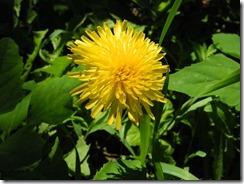
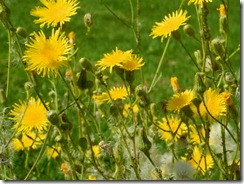
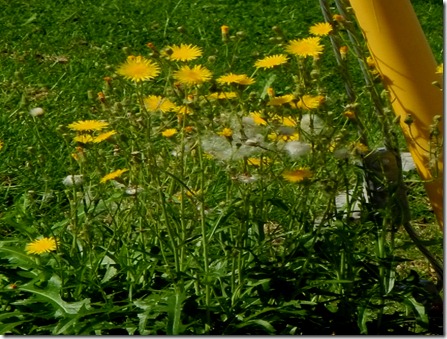
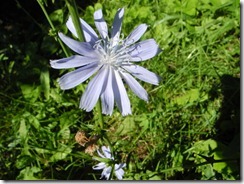
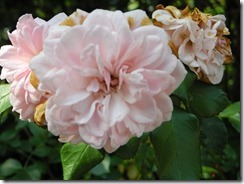
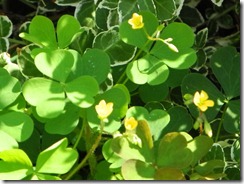
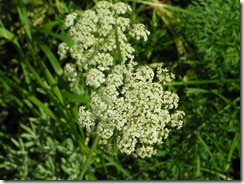
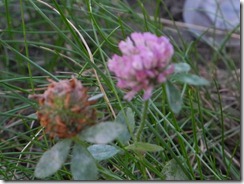
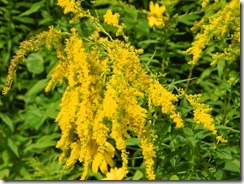
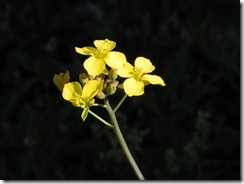
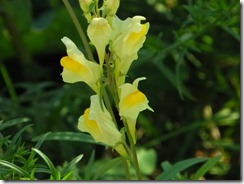
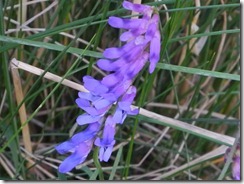
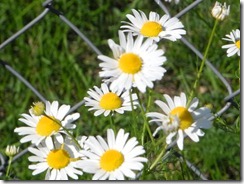
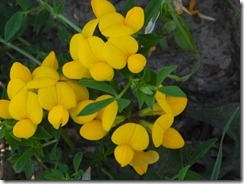
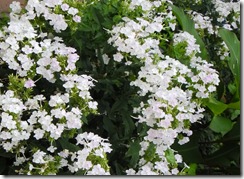
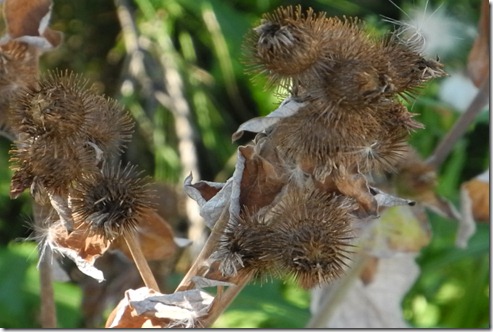
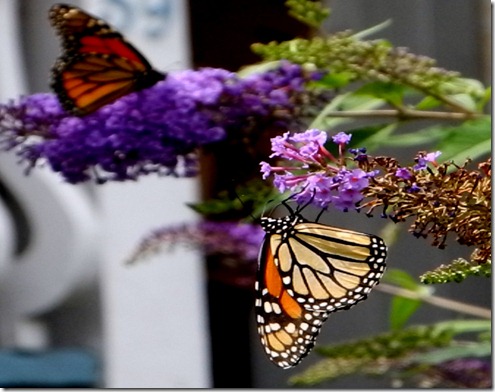
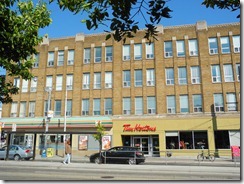
![f1231_it2108[1] f1231_it2108[1]](https://tayloronhistory.com/wp-content/uploads/2012/09/f1231_it21081_thumb.jpg)
